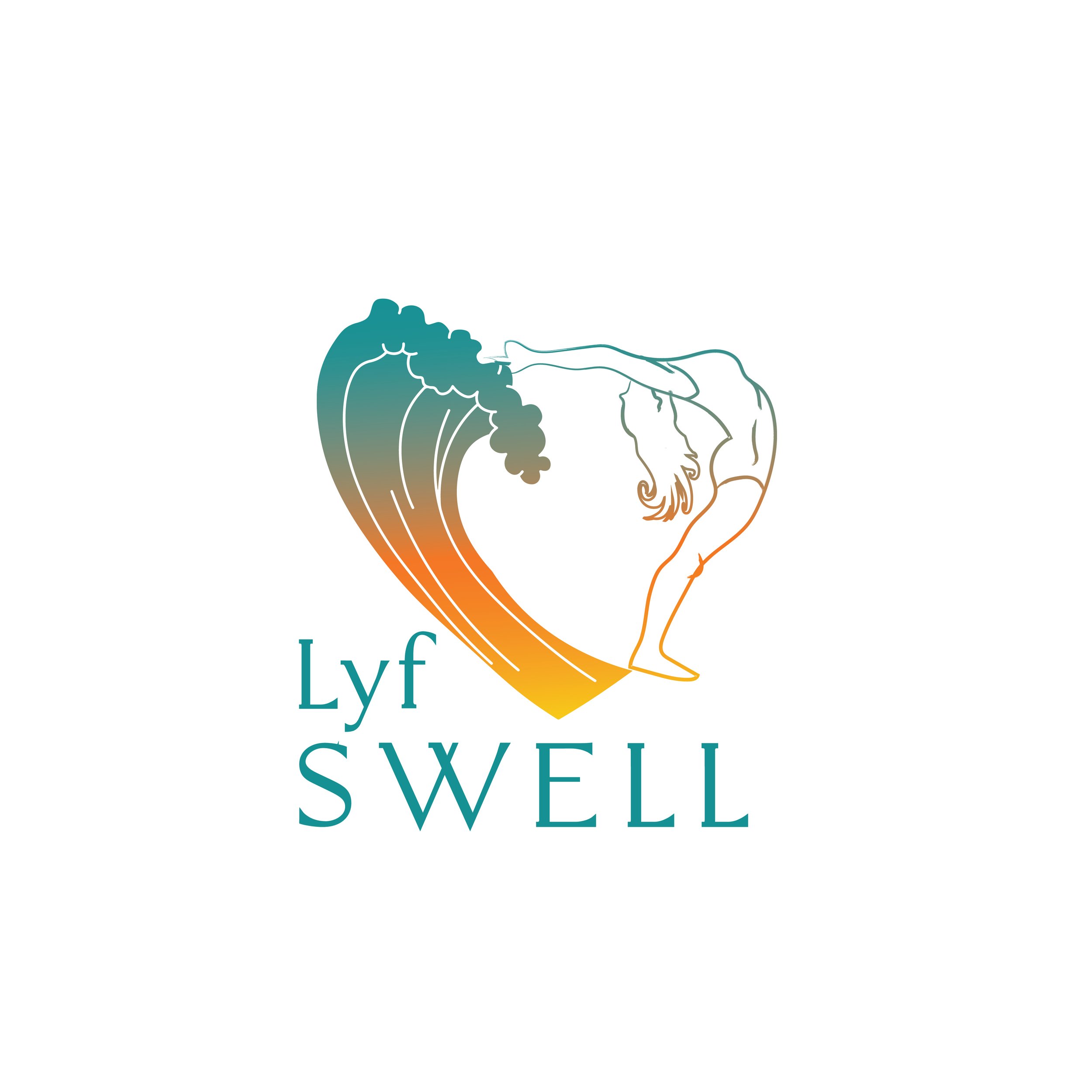SUNSCREEN FACTS
Every Summer it happens. Someone shows up to class without sunscreen on. Although I always carry extra, many choose not to wear it. With summer finally here and outdoor activity high, I thought I'd share with you some important sunscreen facts and tips:
Ultraviolet B rays (UVB) are those rays that cause sunburns. Ultraviolet A rays (UVA) rays are present all year round and depending upon the season, can be 30 to 50 times more prevalent than UVB rays. UVA radiation can penetrate glass and clouds, which is why a sunscreen is recommended on cloudy days. When selecting a sunscreen, make sure it offers UVA and UVB protection. Also check to see if it's waterproof or water-resistant.
SPF: A sunscreen with a higher SPF doesn't necessarily mean it's superior. The SPF number listed on a label refers to the product's ability to block the sun's harmful rays. For example, SPF 15 sunscreen allows a user to stay in the sun 15 times longer before burning. Modern research shows that the average time it takes a person to burn without sunscreen is about 15 to 20 minutes. So, if you wear SPF 15, you'll be protected for approximately 300 minutes before getting burned, or 5 hours (SPF 15 x 20 minutes = 300 minutes).
Products with an even higher SPF don't offer much more protection. SPF 15 blocks 93 percent of UVB rays, while SPF 30 blocks about 97 percent and SPF 45 blocks 98 percent, Skincancer.org says.
Remember, no matter what SPF you use, you do need to re-apply after exposure to water or sweating, or after the sunscreen has reached it's maximum protection time.
Last but not least, make sure sunscreen isn't your only defense. If you have been to my classes, you've likely seen me wearing long sleeved UPF shirts and leggings, in addition to a broad rimmed hat. Keep in mind that water also reflects ultraviolet (UV) rays, increasing your exposure.
See you on the water!
